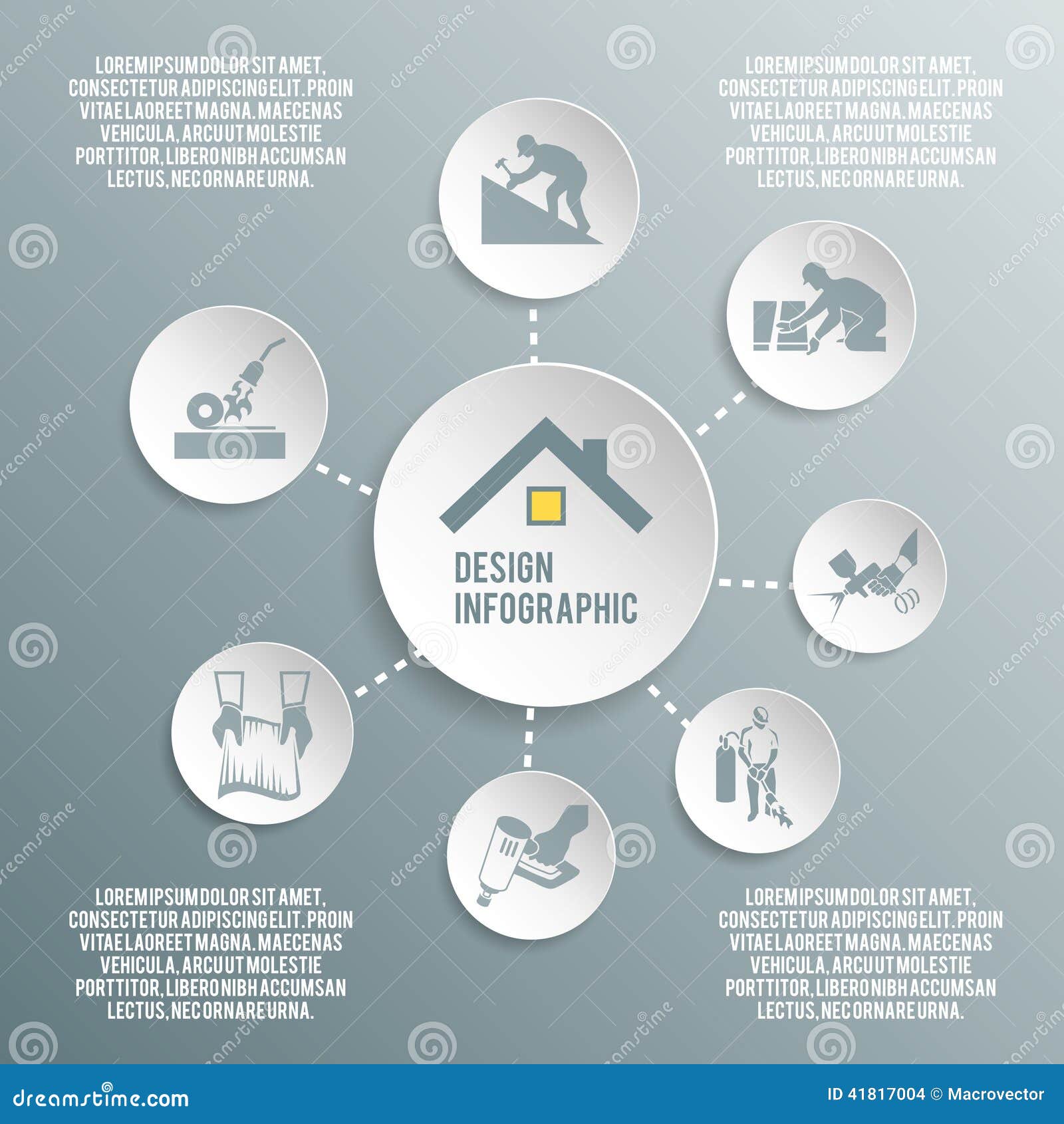Examining The Expenditures Of Solar Panel Installment: Is It A Smart Financial Relocate?
Examining The Expenditures Of Solar Panel Installment: Is It A Smart Financial Relocate?
Blog Article
Created By-Holdt McWilliams
When considering the expenses of solar installation, you might wonder about the in advance investment needed and whether it aligns with the possible long-term advantages. Understanding the intricacies of these costs and the various variables affecting the total return can clarify the worth proposition of transitioning to solar power. By reviewing both the initial setup expenses and the forecasted financial savings with time, you can obtain insight right into whether the financial investment in solar installment holds promise for your monetary future.
Preliminary Arrangement Expenses
When thinking about the costs of solar setup, the preliminary configuration expenses play a crucial duty in your decision-making process. These in advance costs include the rate of photovoltaic panels, inverters, mounting devices, and setup labor.
The rate of solar panels can vary depending upon the brand name, efficiency, and dimension you select. Inverters are important for converting the sunlight's power right into functional power and be available in different types such as string inverters, microinverters, and power optimizers, each with its very own expense implications.
Installing devices, such as racks and rails, is required to firmly install photovoltaic panels on your roofing or home.
The installation labor price covers the professional installment of the planetary system, guaranteeing that every little thing is set up correctly and efficiently. Remember that while these first configuration costs may appear high, there are commonly rebates, tax incentives, and funding options readily available to assist counter the costs and make solar installment much more inexpensive over time.
Long-Term Savings Evaluation
To recognize the economic advantages of solar setup gradually, it's essential to conduct an extensive long-lasting cost savings evaluation. While the preliminary arrangement expenses of photovoltaic panels might seem difficult, the long-lasting financial savings can exceed these expenses dramatically. By using the power of the sunlight to generate electricity for your home, you can possibly save hundreds of bucks on your energy bills over the life-span of your solar system.
Among the key elements to consider in a long-lasting cost savings analysis is the reduction in your electrical energy costs. With solar panels, you can generate your electrical energy, reducing or even removing your dependence on the grid. This can result in considerable savings, particularly as energy prices remain to climb.
Additionally, numerous federal governments supply rewards such as tax debts and discounts for mounting photovoltaic panels, further enhancing your long-lasting cost savings. By making the most of these rewards and maximizing your solar power production, you can appreciate considerable monetary benefits for several years to find.
Return on Investment Calculation
Thinking about the monetary advantages of solar installment, it's time to evaluate the Return on Investment (ROI) estimation. Figuring out the ROI entails comparing the complete expenses of installing a planetary system with the financial advantages it generates over its life expectancy.
To calculate Read the Full Piece of writing , split the web benefit from the system by the total financial investment price and increase by 100 to obtain a percent. The ROI formula is: (Net Earnings/ Total Financial Investment Cost) x 100.
As an example, if the overall price of installing a planetary system is $20,000, and over its life expectancy, it creates financial savings and profits totaling $30,000, the web revenue would be $10,000. Dividing this by the complete financial investment cost of $20,000 gives a proportion of 0.5. Multiplying this by 100 offers an ROI of 50%.
Normally, a higher ROI shows a more monetarily rewarding financial investment. Variables like government rewards, maintenance prices, and energy rate changes can influence the ROI of solar installments. Comprehending the ROI aids in assessing whether investing in solar power is worth it over time.
Final thought
In conclusion, recognizing the prices of solar installation is crucial for figuring out if it is worth the investment. By considering first setup expenses, conducting a long-term financial savings evaluation, and calculating the return on investment, you can make an educated choice regarding the financial worth of solar energy. With the potential for minimized energy costs and raised energy self-reliance, buying solar installation can be a wise option for both your wallet and the environment.
